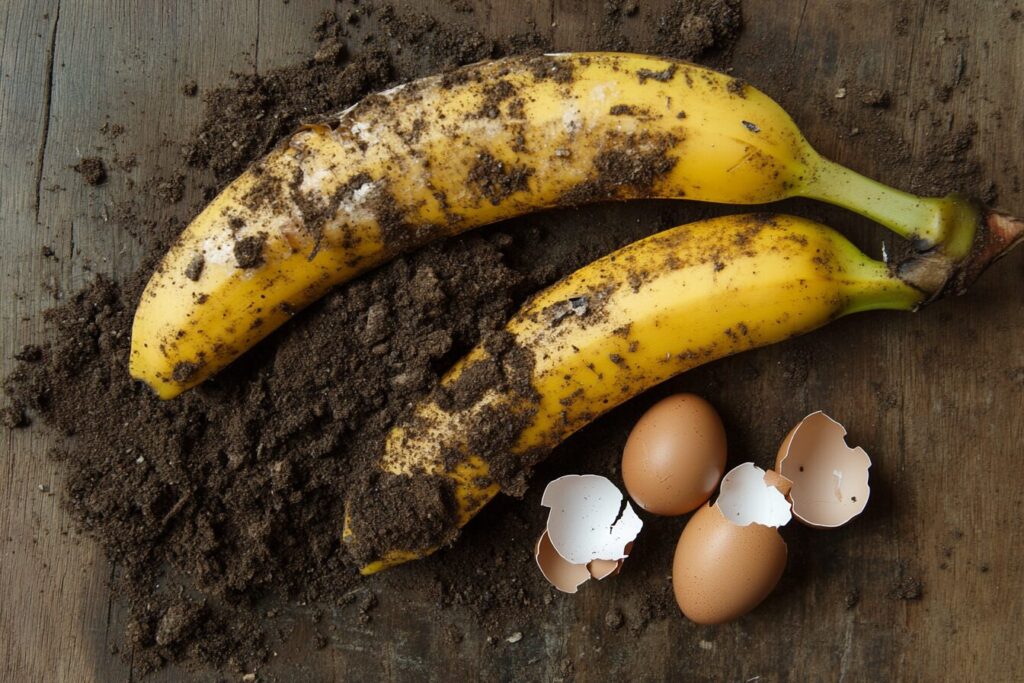Want fresh potatoes without needing a backyard garden? Learning how to grow potatoes indoors is surprisingly simple—and incredibly satisfying. With the right setup, you can enjoy a steady supply of tender, flavorful spuds all year long, even in a small apartment or during winter. This guide walks you through exactly how to grow potatoes indoors, from choosing the right varieties to harvesting your homegrown bounty.
Whether you’re growing to save money, reduce food waste, or just love DIY projects, you’ll find everything you need right here.
Why Grow Potatoes Indoors?
Potatoes are a staple in many households because they’re inexpensive, versatile, and nutrient-dense. By deciding to grow potatoes indoors, you can:
- Save money on groceries
- Avoid pesticide exposure
- Grow food even in urban settings
- Enjoy fresh spuds year-round
Plus, you don’t need a fancy hydroponic system or a green thumb to succeed.
We are a participant in the Amazon Services LLC Associates Program, an affiliate advertising program designed to provide a means for us to earn fees by linking to Amazon.com and affiliated sites.
What You’ll Need to Get Started
Essential Supplies:
- Seed potatoes (not grocery store potatoes—use certified disease-free seed potatoes)
- A large container (5–10 gallons per plant, with good drainage)
- Potting mix (loamy, well-draining soil with added compost)
- A sunny spot (south-facing window or grow light)
- Watering can
- Organic fertilizer
👉 Try this DIY fertilizer recipe that costs only pennies to make a batch!
Recommended Products:
- Certified Organic Seed Potatoes
- 5-Gallon Fabric Grow Bags (Set of 5)
- FoxFarm Organic Potting Mix
- Full Spectrum LED Grow Light
- Long Spout Indoor Watering Can
- Soil Moisture Meter
If you’re short on garden space, using containers to grow potatoes indoors is one of the smartest solutions for self-reliant living.
Step-by-Step: How to Grow Potatoes Indoors
1. Pick the Right Potato Variety
Choose smaller or early-maturing varieties like:
- Yukon Gold
- Red Norland
- Fingerlings
These perform better in containers and produce quicker yields. Compact, fast-growing varieties are ideal when your goal is to grow potatoes indoors efficiently.
2. Prepare Your Seed Potatoes
Cut seed potatoes into chunks (each with 1–2 eyes) and let them dry for 24–48 hours to prevent rot. You can skip this step if using small, whole seed potatoes.
3. Plant in a Deep Container
Fill your container with 4–6 inches of potting mix. Place your seed potatoes cut-side down, eyes facing up. Cover with 3–4 inches of soil.
Pro Tip: Use a fabric grow bag for better airflow and drainage—perfect for potatoes. These breathable containers are especially helpful when you grow potatoes indoors and want to avoid soggy soil.
4. Provide Plenty of Light
Potatoes need 12–16 hours of light daily. If sunlight is limited, invest in a full-spectrum grow light.
5. Water Consistently
Keep the soil evenly moist but not soggy. Stick your finger in the soil—if the top inch is dry, it’s time to water.
6. Hill the Potatoes
As sprouts grow to about 6 inches tall, cover them with more soil, leaving just the top leaves exposed. Repeat until the container is full. This encourages more tuber production.
Indoor gardeners who grow potatoes indoors love this step—it’s how you multiply your harvest in limited space.
7. Feed Your Plants
After 4 weeks, start feeding with a balanced liquid fertilizer every 2 weeks. Or use a homemade blend made from your kitchen scraps.
Harvest Time!
Potatoes are ready to harvest when the plant starts yellowing and dying back—usually around 10–12 weeks after planting for early varieties. Gently dump out your grow bag or container and dig through the soil to find your homegrown treasure.
You can also do a “sneak harvest” by digging out a few baby potatoes while the plant is still alive.
One of the best parts when you grow potatoes indoors is the convenience—harvest fresh, clean spuds without ever stepping outside.
How to Store Your Indoor Potatoes
- Cure them first: Leave in a cool, dark, well-ventilated area for 1–2 weeks to toughen their skins.
- Store in a paper bag or basket in a cool, dry place (not the fridge).
- Avoid storing near onions, which release gases that can cause sprouting.
How Much Can You Expect?
One 5-gallon container typically yields 5–10 potatoes, depending on the variety and care. Growing multiple containers at staggered times can provide a steady supply of fresh potatoes year-round.
If you plan strategically, you can grow potatoes indoors continuously and never run out of this pantry staple.
Creative Ways to Use Your Homegrown Spuds
Now that you’ve grown your own potatoes, why not make something delicious? Check out this easy guide for how to make mashed potatoes from scratch . It’s the perfect comfort food made even better with homegrown ingredients.
Troubleshooting Tips
| Problem | Cause | Solution |
|---|---|---|
| Green potatoes | Exposure to light | Keep covered with soil |
| Rotting potatoes | Overwatering | Improve drainage, water less |
| Poor growth | Lack of nutrients | Feed with fertilizer regularly |
| Leggy plants | Not enough light | Move to sunnier spot or use grow light |
When you grow potatoes indoors, you’re in full control. Pay attention to lighting, watering, and feeding, and you’ll get better at preventing common mistakes with each harvest.
Your Next Batch of Potatoes Is Just a Container Away
Indoor potato growing is a fun, productive hobby for beginners and seasoned gardeners alike. With just a little effort, you can enjoy farm-fresh potatoes without stepping outside. Whether you want to save money, reduce food waste, or just grow something tasty, potatoes are a rewarding place to start.
There’s no better time to grow potatoes indoors than right now. With consistent light, proper watering, and the right setup, you’ll be harvesting delicious spuds in no time.
Try it once—you’ll be hooked!



